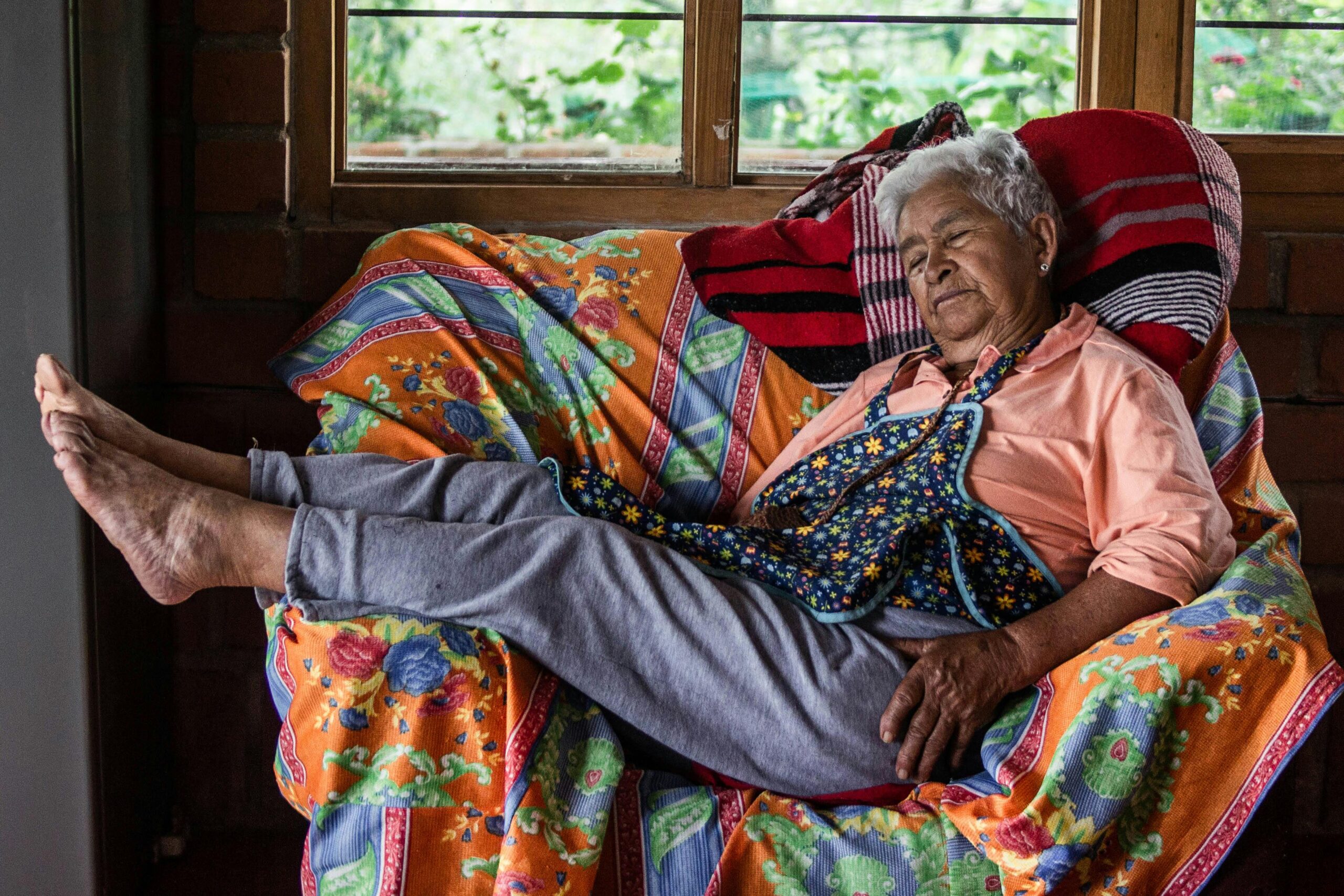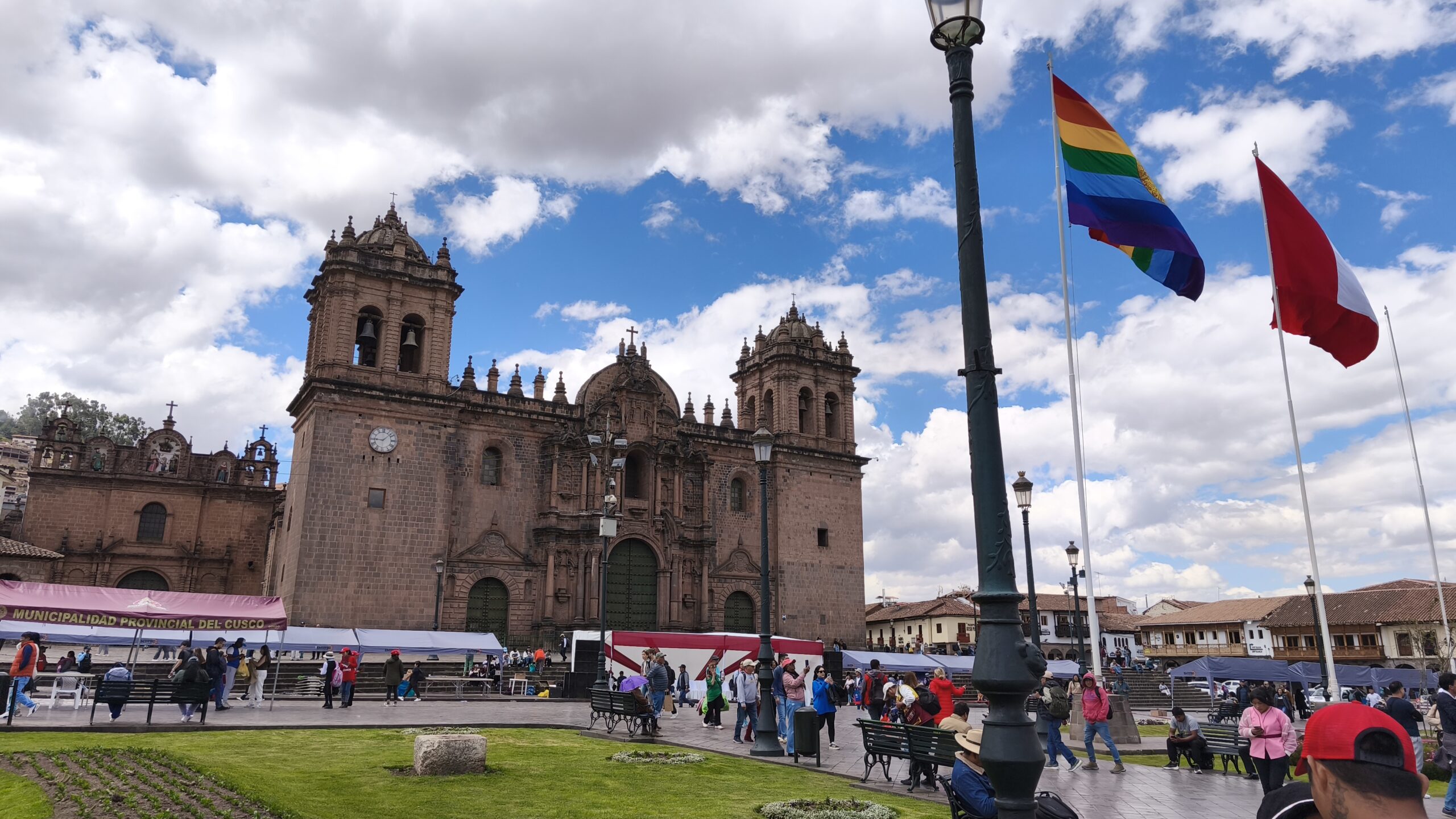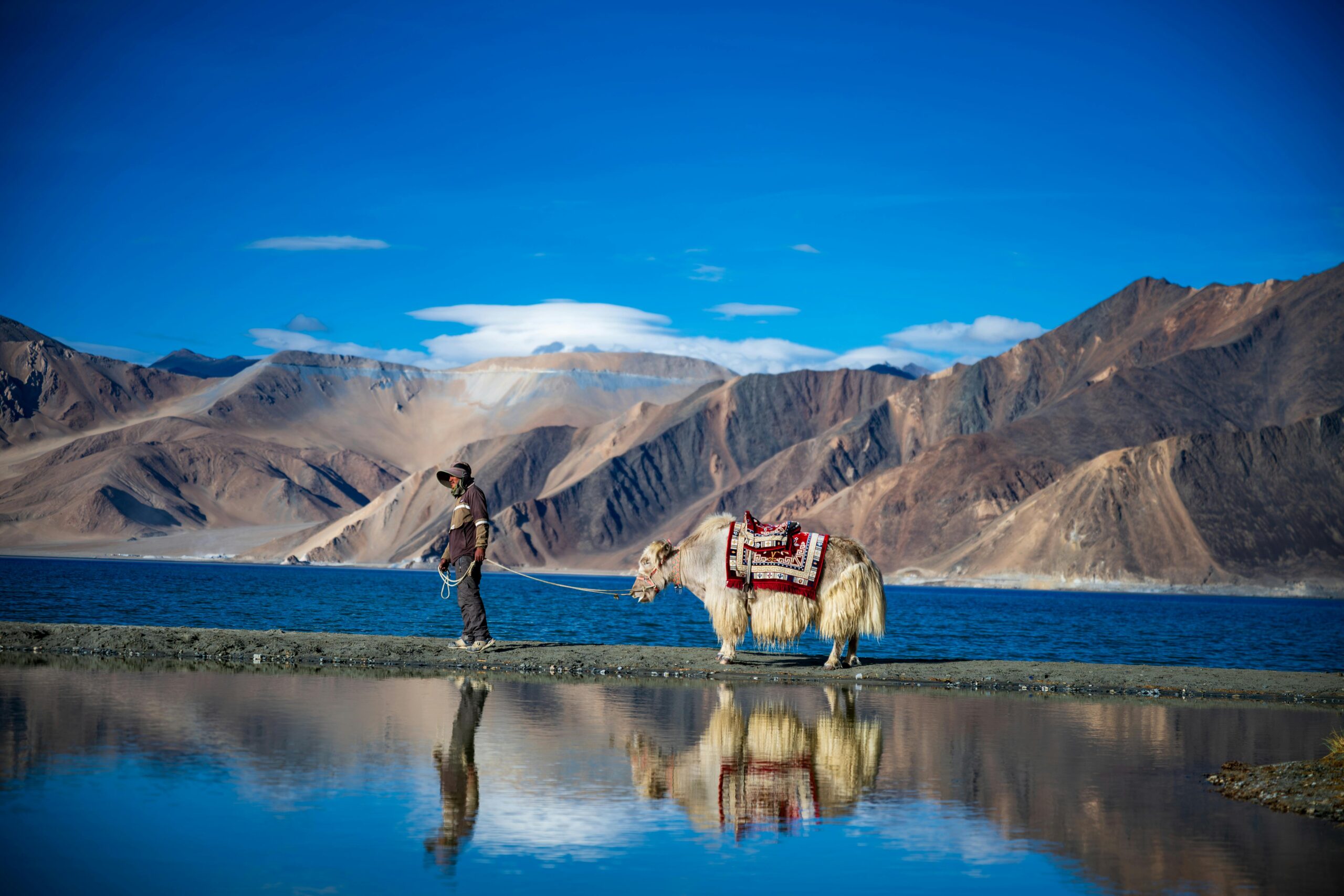When we think of Machu Picchu, the image that immediately comes to mind is that of the majestic Inca citadel perched atop a mountain, wrapped in mist and steeped in history. Yet this jewel of Peru is not alone. Around it, a constellation of small villages full of charm and tradition spreads through the Sacred Valley. Often overlooked by classic tourist circuits, these villages offer an authentic immersion in Andean culture, warm hospitality, and a deep connection with nature. Today, let’s go together to discover these timeless places.
Aguas Calientes (or Machu Picchu Pueblo) – The Gateway to the Inca Wonder
Let’s begin with the best-known village: Aguas Calientes, officially renamed Machu Picchu Pueblo. This is where most travelers stop before climbing the steps to Machu Picchu. Nestled in a narrow valley beside the Urubamba River, the village is accessible only by train or on foot, which gives it a unique atmosphere.
Despite its tourist orientation, Aguas Calientes is worth spending some time in. It boasts natural hot springs perfect for relaxing after a trek, a colorful artisan market, and numerous lively little streets. Travelers can also visit the botanical garden or the Machu Picchu Museum, often overlooked but very informative for better understanding the Inca site.
Don’t miss: a morning riverside walk in the calm before the bustle of Machu Picchu visitors.
Ollantaytambo – The Living Inca Village
Ollantaytambo is often regarded as the last Inca stronghold against the Spanish conquest, and with good reason: it’s one of the rare places in Peru where one can still see (and walk!) the canals and streets built by the Incas more than 500 years ago. The village is literally built upon Inca foundations.
Overlooked by an impressive mountainside fortress, Ollantaytambo is much more than an archaeological site. It is a living place where traditions remain deeply rooted. Residents often wear traditional clothing, farm their terraced fields, and regularly host folk festivals.
This village is also an ideal starting point for those wishing to hike the famous Inca Trail or take the train to Aguas Calientes.
Nearby sights: the archaeological site of Pumamarka, nestled in the mountains and still little-known to tourists, the Perolniyoc waterfall, ideal for a refreshing short hike, and Inti Punku, the Inca Sun Gate offering a breathtaking panoramic view.
Did you know? The name “Ollantaytambo” comes from an Inca general named Ollantay, hero of a tragic love legend.
Pisac – Between Spirituality and Handicrafts
Located at the entrance to the Sacred Valley, Pisac is a little gem appreciated by travelers in search of serenity, spirituality, or beautiful handcrafted treasures. The Pisac market is one of the most renowned in the region: it offers colorful textiles, silver jewelry, pottery, and a variety of handmade souvenirs.
But Pisac is also (and above all) a magnificent archaeological site perched atop a mountain. Less frequented than Machu Picchu, it offers spectacular views over the surrounding valleys. You’ll see agricultural terraces, Inca temples, and even an ancient troglodyte cemetery.
Don’t miss: a remarkable hike from the summit of the site down to the village. The descent, about two hours through the ruins, allows you to fully appreciate the scale of the Inca complex while enjoying breathtaking landscapes.
Higher up, in the mountains around Pisac, you’ll also find the Parque de la Papa, a community project that celebrates the biodiversity of Andean potatoes. This ethnobotanical park allows visitors to discover hundreds of potato varieties cultivated by local communities and offers immersive tours in an exceptional natural setting.
Another nearby natural gem: the Kinsa Cocha lagoon, a peaceful spot with clear waters, ideal for a contemplative getaway in the heart of Andean nature.
The village has become a favorite for yoga, meditation, and alternative medicine enthusiasts, drawn by the special energy that emanates from this part of the Andes.
Travel tip: try to visit the archaeological site early in the morning to enjoy the tranquility and golden light on the mountains.
Urubamba – The Agricultural Heart of the Sacred Valley
Less touristy than its neighbors, Urubamba is nevertheless one of the largest villages in the valley. It’s a real Andean town, with its market, lively plazas, and local shops. Here, you’re immersed in the daily lives of the region’s inhabitants.
Urubamba is also the valley’s agricultural hub: the soil is fertile and the fields are lush. Giant corn (the famous choclo), potatoes, fava beans, and many other vegetables are grown here.
The village is a good base for exploring the area or staying in one of the many ecolodges and haciendas that offer stunning mountain views. It’s also an excellent place to try Andean cuisine in restaurants that source ingredients from local producers.
To try: the central market for a fresh fruit juice or a traditional soup lovingly prepared.
Chinchero – A Journey Through Time and Fabric
Perched at 3,762 meters above sea level, Chinchero is a village that seems frozen in time. Here, women spin, dye, and weave wool as their ancestors once did. Several artisan cooperatives welcome visitors to demonstrate each step of the weaving process, from spinning to natural dyeing with plants, flowers, and even insects.
But Chinchero is also a fascinating archaeological site, with an ancient Inca town crowned by a colonial church built by the Spanish. The contrast between the ancient stones and the Catholic faith is striking.
The Sunday market is especially picturesque: more local than Pisac’s, it is frequented by farmers, women in traditional attire, and has a truly authentic vibe.
The bonus: Chinchero is often less crowded than other sites, and the view of the surrounding mountains is spectacular.
Santa Teresa – A Place to Unwind After the Adventure
Located on the other side of Machu Picchu, Santa Teresa is a village often unknown to those following classic itineraries. Yet it’s a small paradise, appreciated for its natural hot springs of Cocalmayo. These open-air pools, surrounded by tropical vegetation, are perfect for relaxing after a trek or a visit to Machu Picchu.
The village is also a stop for those taking the alternative route to Machu Picchu via the hydroelectric plant (Hidroeléctrica). This more adventurous trail leads to the citadel on foot, through the jungle and along the train tracks.
Santa Teresa is also a coffee and cacao-producing region, and several small farms welcome visitors to learn about the production process.
Tip: plan to stay overnight to fully enjoy the hot springs, especially in the evening under the stars!
Maras and Moray – An Unusual Pair of Salt and Agriculture
Not far from Urubamba lie two unique villages: Maras and Moray. Each offers a distinctive experience worth the visit.
In Maras, you’ll find spectacular terraced salt mines, worked since pre-Inca times. These white pools cascading down the mountainside offer an almost surreal landscape. The salt is harvested by hand and sold on-site, making it a perfect authentic souvenir.
Important to note: Moray is not a village per se, but rather an Andean community surrounding an exceptional historical site. It features a series of circular terraces shaped like an amphitheater. It’s believed the Incas used it as an agricultural laboratory to study the effects of microclimates on crops. The site is quiet, surrounded by mountains, and perfect for contemplation.
Suggestion: take your time exploring these sites on foot, preferably with a local guide, to better understand their meaning and fully appreciate the calm and surrounding nature. The silence, the wind’s breath, and the majesty of the Andes make the experience profoundly soothing.
Huilloc and Patacancha – Immersion in Quechua Communities
A few kilometers from Ollantaytambo, the villages of Huilloc and Patacancha offer a unique experience: community-based tourism. Here, families host travelers in their homes, sharing their customs, cuisine, and daily life in a respectful and supportive manner.
The villagers speak mostly Quechua and live according to ancestral traditions. You can learn to weave, cook cuy (guinea pig), or join in agricultural tasks. It’s a true cultural immersion, far from anything superficial.
These villages are also starting points for incredible hikes in the Lares region, where you’ll find turquoise lagoons and snow-capped peaks.
Respect: when visiting these communities, it’s important to behave respectfully, ask before taking photos, and support local cooperatives.
And what if the most beautiful part of Machu Picchu was what surrounds it?
While Machu Picchu is an essential wonder, the surrounding villages are the living guardians of Andean history, culture, and spirit. Each has its own character, rhythm, and traditions. By visiting them, you discover an authentic Peru, far from the crowds, where people are at the heart of the journey.
Taking time to pause, talk with locals, watch a sunset over the Andes, taste a local dish, or learn the art of weaving—that’s a far deeper travel experience than just seeing a site. It’s a transformation, where you return with a bigger heart and a soul full of color.
So, on your next adventure to Machu Picchu, let yourself be drawn into a detour through these villages… You won’t regret it!



